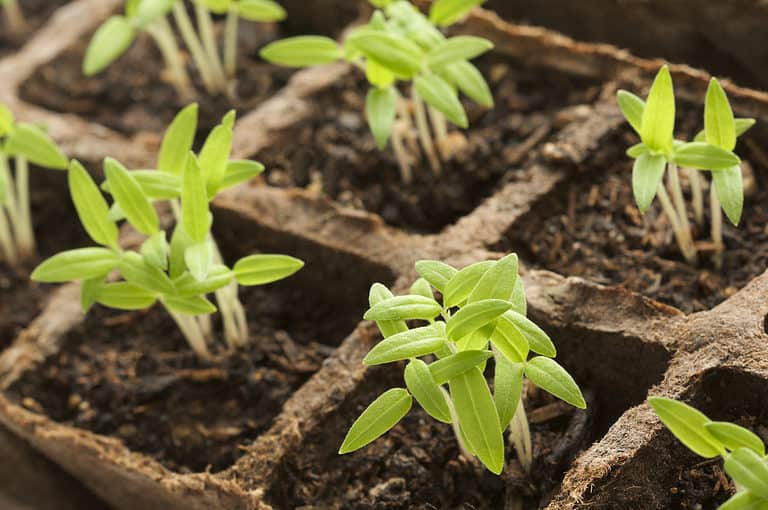Top Plants That Keep Bugs Away: The Natural Repellent Garden Guide
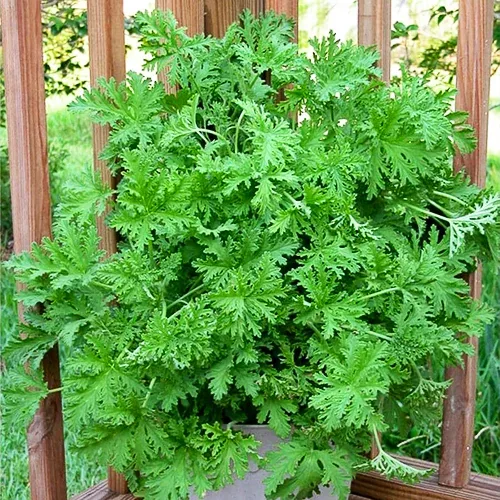
Ever been bugged by those pesky insects while enjoying the serene beauty of your own garden? What if you could ward off these unwelcome guests naturally, without resorting to chemicals? Yes, that’s right! Mother Nature has her own way of keeping things balanced. Many plants that keep bugs away produce essential oils that act as natural insect repellents, providing a safer alternative to synthetic sprays. Ready to discover these botanical bodyguards? Let’s dive in!
Key Takeaways
Check out these top 12 bug-repelling plants to keep your garden pest-free, plus strategies like companion planting and using essential oils.
Lavender, citronella grass, marigolds & basil are just some of the natural repellents that will make your outdoor space look great!
Make sure to patch test any essential oil before use – it’s a safe way to enjoy being outdoors without pesky bugs!
Top 12 Bug-Repelling Plants
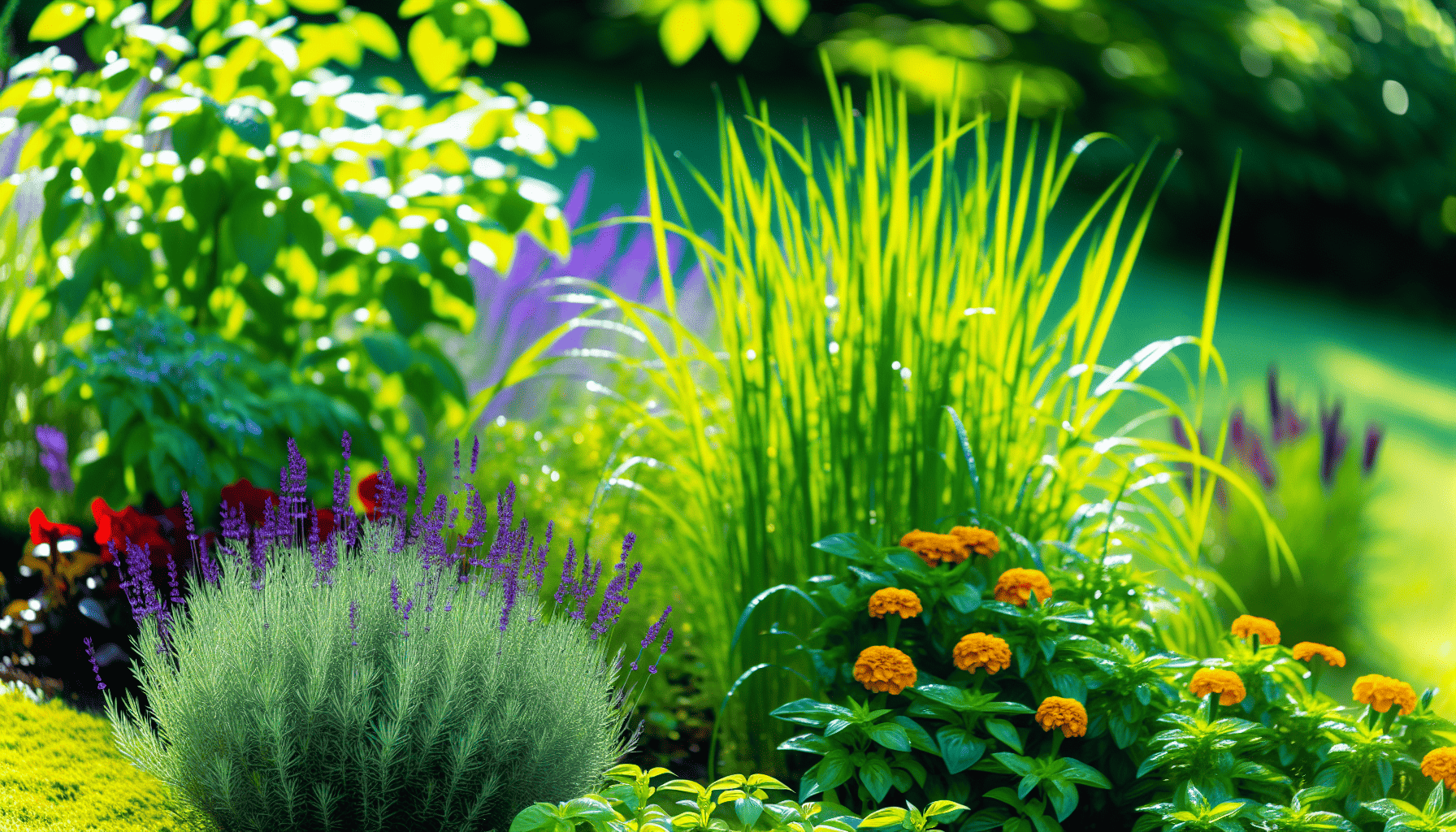
Protecting your garden from pests doesn’t have to be an ongoing battle. Nature provides many plants that naturally keep a range of bugs away, making them both aesthetically pleasing and fragrant additions to the outdoor area. The pleasant scent of lavender or the zesty smell of basil can make spending time in your yard even better while keeping creepy crawlies at bay.
Making the most out of these natural insect repellents involves more than just picking appropriate specimens for planting though. Strategies like crushing leaves such as Lemon. Thyme releases essential oils capable of driving off irritants, growing Citronella grass optimally with ample sunshine and moisture-rich soil enhances their bug-banishing power, scattering dried leaves around also works well against those pesky creatures are all excellent ways for you to maximize their effectiveness in controlling pest infestations within gardens.
Ready to dive into using nature’s own defense system? Let us get started!
Lavender
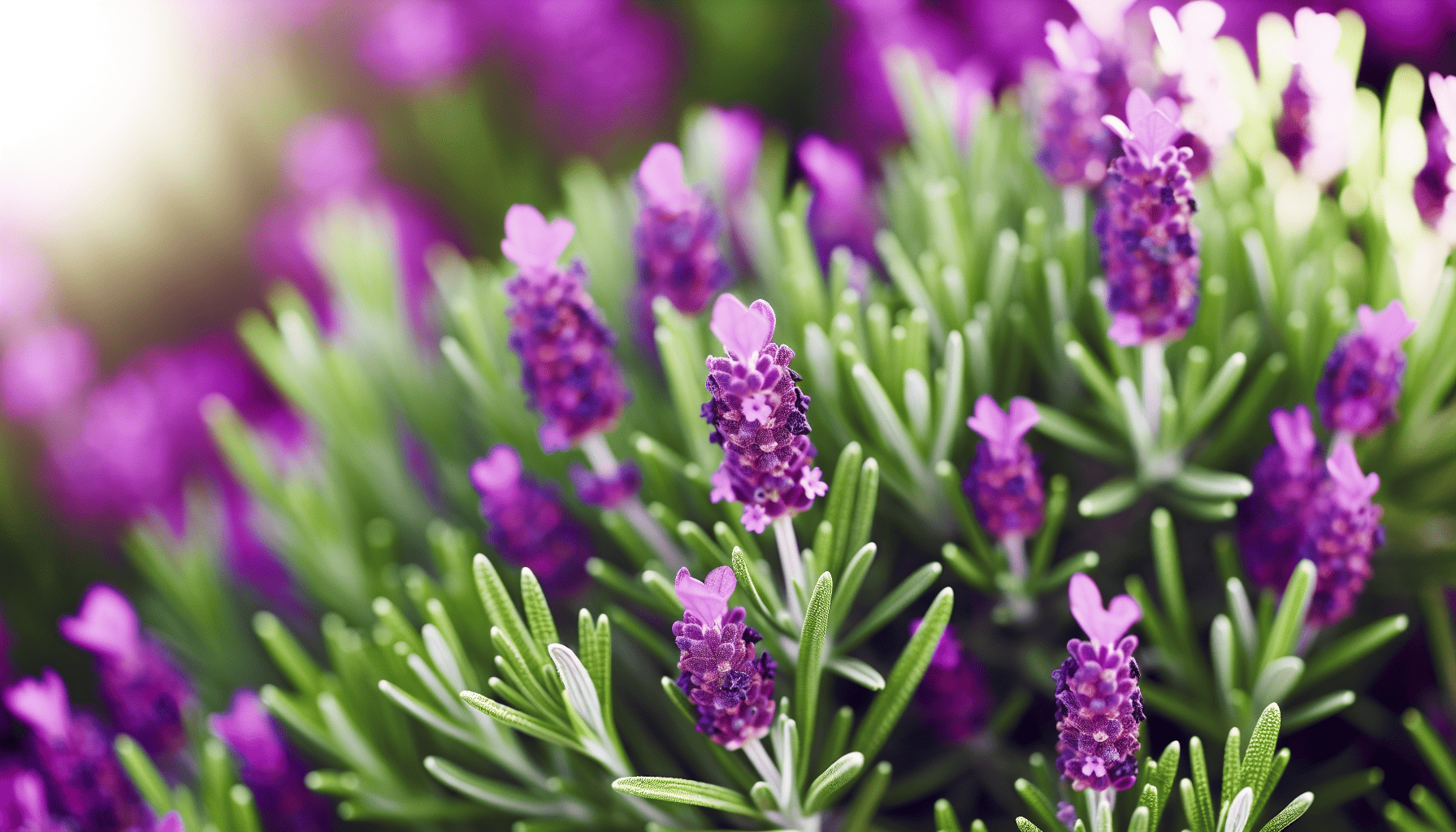
Planting lavender is an excellent idea if you’re looking for a natural way to ward off insects. This fragrant plant produces essential oils which, while delightful for us humans, are repellent to creepy-crawlies like mosquitoes, fleas and moths. To make the most out of its benefits, it’s best planted in hot spots with direct sunlight, such as gardens, or close by doorways where these pests may seek entry into your home. You can even apply some diluted drops of pure lavender oil directly on yourself when stepping outdoors!
Another great use? Bunches tucked away around your house keep flies at bay whilst being pleasantly surrounded by its calming aroma throughout summertime!
Citronella Grass
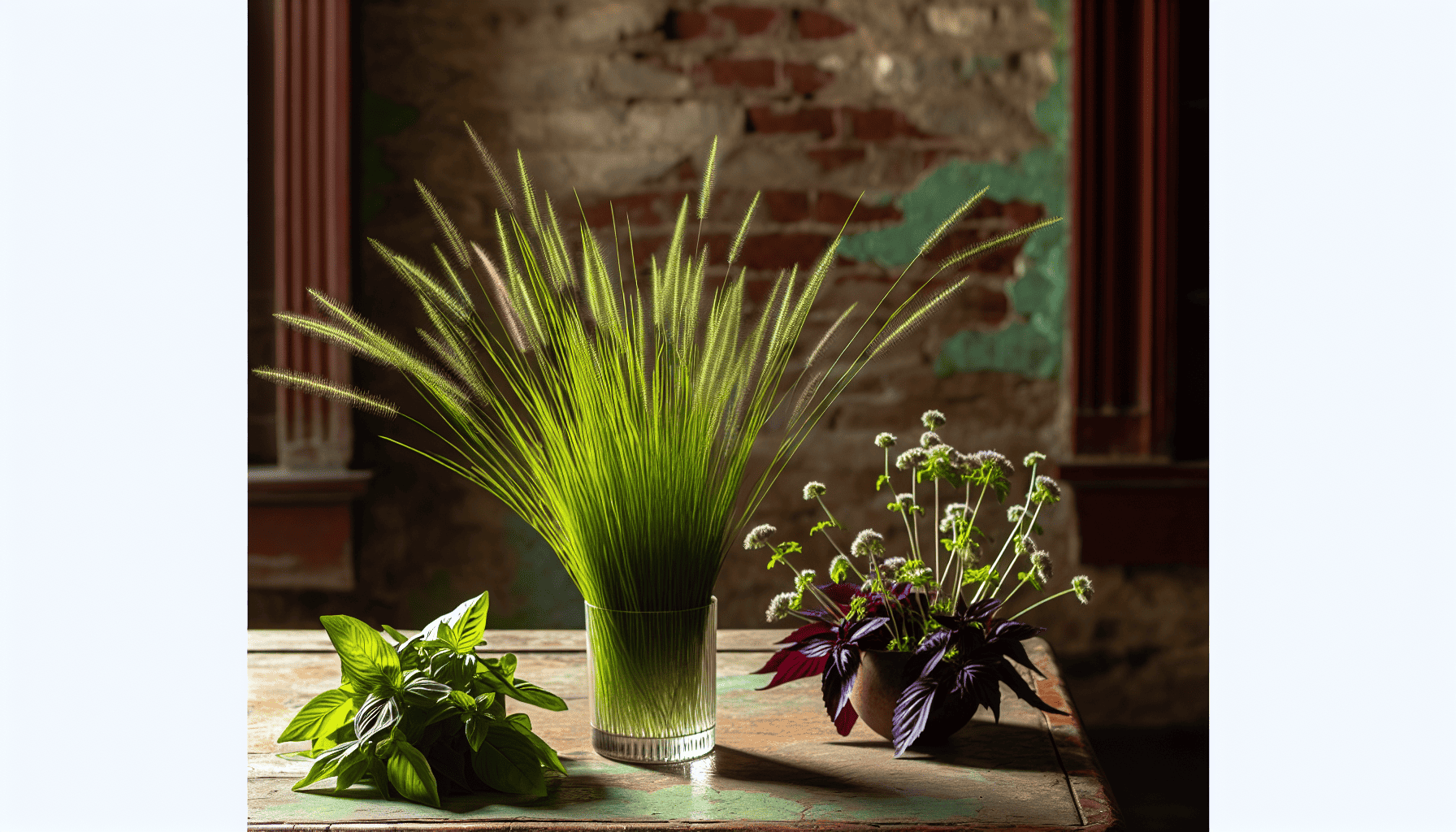
The highly aromatic Citronella grass is a favored choice as a natural mosquito repellent. This tropical perennial produces an odor that isn’t appealing to mosquitoes and brings beauty to the garden with its tall clusters of soft pink flowers. Not only will it brighten up any outdoor area, but it also helps provide bug-free spaces!
This plant can be used in multiple ways. Making for an eye-catching decoration during your next gathering, mixed among other plants within your landscape or grown into pots surrounding where you are outdoors, all helpfully providing optimal protection from pesky pests. To maximize effectiveness, remember these tips: ensure this plant receives enough sunlight daily plus maintain moist soil conditions accordingly so they may thrive well!
For those seeking both visual enjoyment and pest deterrent qualities at the same time, consider bringing some exotic flair while controlling bugs using citronella grass within your own garden space.
Marigolds
The vibrant and cheerful marigolds are a common sight in gardens, but did you know they also make an efficient bug repellent? They secrete an intense odour that wards off mosquitoes, wasps, aphids, whiteflies, Japanese beetles, and carrot flies. Thus it is indispensable to have them in vegetable garden settings so their powerful fragrances can provide protection against various parasites which would otherwise plague your plants. Popular varieties like the French Marigold even double their usefulness by driving away slugs from neighbouring vegetation. Planting these around edges of your plot helps ensure fruitfulness for many seasons. Making sure you enjoy the hard work put into gardening!
Basil
Insects such as houseflies and mosquitoes can wreak havoc in a garden, but you can fight them off with the help of Basil. This plant produces compounds that pests hate, making it an effective solution for any infestation problem. Growing basil is beneficial not just to your outdoor space, but also to your kitchen, make sure you choose a sunny spot when planting! There are multiple ways to use its leaves: mix them into homemade bug repellent or rub directly onto skin for instant mosquito bite relief.
Companion Planting Strategies
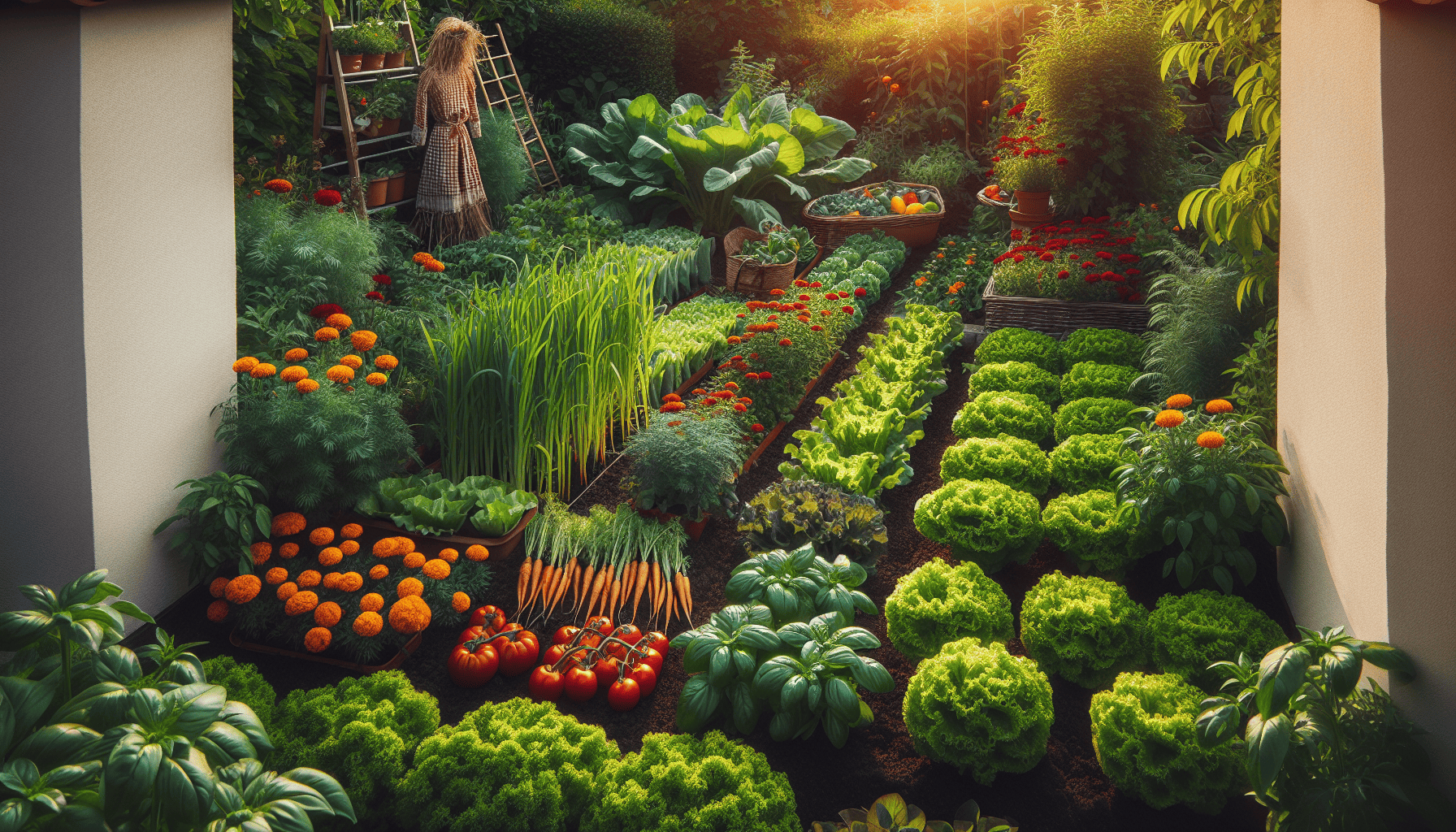
Now that we have studied how to repel pests with certain plants, let’s take a closer look at companion planting as an alternative approach. By positioning the right plants together in your garden, you can maximize their natural repelling benefits for protection against bugs and other unwanted visitors.
For instance, if tomatoes are grown alongside nasturtiums, then both will be shielded from any troublemakers due to chemicals released into the air by them which protect not only themselves but also neighboring vegetation such as rose bushes or cabbage family vegetables when planted near dill herbs too! Let’s dive in. In these clever gardening practices now.
Tomato Plants and Nasturtiums
The garden can take advantage of an advantageous bond between nasturtiums and tomato plants. With their beautiful flowers and rich foliage, these two species are not just pleasing to the eye, but also act as a shield against insect pests such as cabbage worms, aphids, cucumber beetles and even tomato hornworms from attacking nearby vegetation. Planting them around 10-12 inches away from your tomatoes will give you optimal protection while adding vibrant colour to your garden too! Both vegetables get sheltered simultaneously: fewer bugs for healthier crops. To a bright looking environment.
Rose Bushes and Alliums
Rose bushes, with their beautiful blooms, are a popular garden choice. Unfortunately, they can also be attractive to certain pests. This is where alliums come in handy! Alliums like garlic have strong aromas which may help repel the pesky aphids away from your roses. By planting these around the bush it’s possible to give them some much needed protection while adding an eye-catching visual effect too since there will be varying heights between them and your rose plants.
For optimal results plant allium bulbs near or around rose bushes during May and June. When common garden bugs start making appearances, this seasonally timed solution provides effective pest deterrence for your beloved flowers!
Cabbage Family and Dill
The plant Dill with its distinctive feathery foliage and cheerful yellow flowers can be a savior for plants from the Cabbage family, such as broccoli, kale or Brussels sprouts. Its scent is able to repel common pests like squash bugs, spider mites, cabbage moths and even asparagus beetles, which are often troublesome when it comes to these crops. Placing this herb close-by your vegetables will not only keep insects away, but also attract beneficial ones that feed on other types of unwanted bugs in an area around them. To provide pest protection benefits, dill brings flavor into culinary dishes too!
Container Gardening with Pest-Repelling Plants
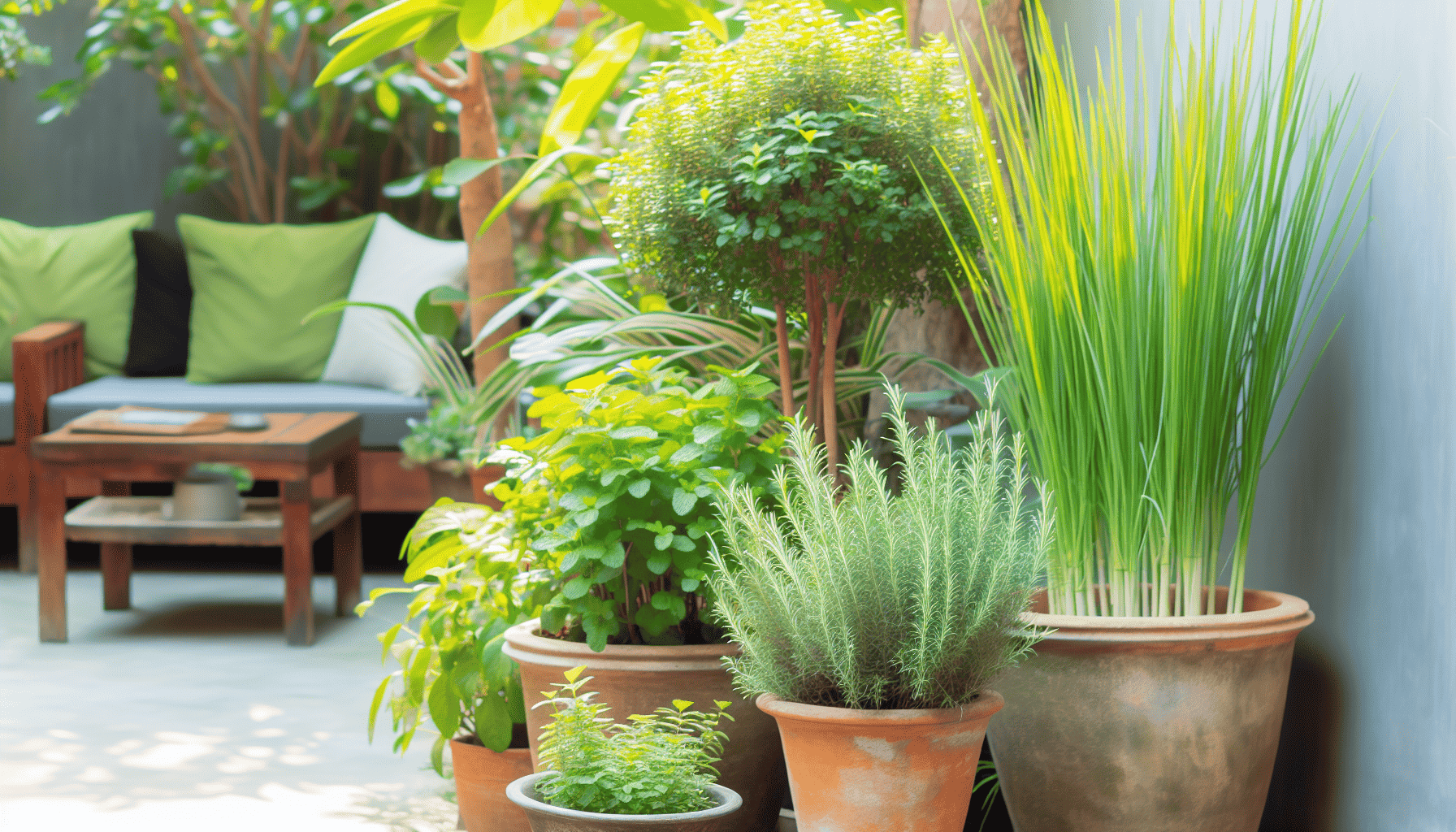
Container gardening is an excellent choice for those who are limited on space or want to keep certain plants in a manageable area. In particular, several types of insect-repelling plants can be maintained this way: mint, lemongrass and rosemary all work exceptionally well when placed appropriately.
Mint will easily flourish with container planting since it often grows so freely. The compact size of both lemongrass and rosemary makes them desirable too, as does their distinctive fragrance that repels numerous insects.
Then – if you’d like your garden but still wish to deter bugs from entering, consider some bug repelling plants within containers! Mints’ boundless growth together with strong scented herbs such as Rosemary or Lemongrass offer perfect solutions here!
Mint
Mint is an incredibly useful plant, with various types providing unique aromas and flavors. Its potent smell works well as a way to deter mosquitoes. Its prolific growing nature can take over garden beds quickly if left unchecked. The solution? Growing mint plants in containers which limit their size while still allowing you reap the rewards of this insect-repelling herb.
Be it peppermint or spearmint – container gardening provides them with just what they need: soil that’s slightly moist combined with either partial shade or full sun exposure for optimal growth! These aromatic herbs don’t only keep away bugs but add a pleasant flavor to recipes too – why not place some pots outside near doorways and enjoy an area free from pesky insects?
Lemongrass
Growing lemongrass in planters is possible and not too difficult. The plant, known for its citrus scent due to containing citronella oil like other kinds of citronella grass, needs full sun exposure as well as soil that drains quickly. Not only does it help make outdoor areas free from pesky bugs, but it can also be used as a culinary herb since it’s widely utilized across Asian cuisine types. Thus, having your own homegrown lemongrass may provide you with many benefits both inside the kitchen and out!
Rosemary
Rosemary, a fragrant perennial herb with many insect-repelling properties, is ideal to grow in both gardening beds and containers. To make sure your rosemary thrives, follow these steps: ensure the soil is well draining, provide six to eight hours of sunlight every day, harvest it for its culinary uses as the aromatic leaves are popularly used in various dishes. Not only can you use this plant’s flavorsome needle-like leaves as seasoning, but also reap its bonus benefits—its powerful efficacy against mosquitoes and different flies!
Using Essential Oils from Repellent Plants
Insects can be a real nuisance, so employing strategies to keep them away is essential. Planting repelling plants is one possibility, but sometimes more direct measures are called for. This is where the potency of concentrated extracts from certain plants like lavender, citronella and peppermint come in handy – these oils offer an all-natural solution! Combining with water results in homemade bug spray which when applied on skin or sprayed into outdoor areas will drive pests off far & wide. In order to have pleasant open air spaces without bugs around, we must use our knowledge of essential oils as weapons against their presence!
Lavender Oil
The soothing scent of lavender oil is popularly known, but it can also be used as an effective mosquito repellent. Research has shown that this particular essential oil when applied on the skin or diffused in a room results in warding off mosquitoes up to 93% indoors and around 53% outdoors.
To its bug-repelling properties, lavender oil holds several benefits for the skin too – from decreasing acne breakouts and inflammation to purifying pores – though people with allergies should take caution while using it and try doing patch tests beforehand.
Citronella Oil
Cymbopogon, which is also known as lemongrass and from where citronella oil derives its origin, makes for a widely used natural insect repellent. It has been found to be especially effective against mosquitoes. It can come in the form of candles, sprays or lotions. Though this essential oil is safe to use on skin surfaces, it may lead to irritations at times. To avoid such discomfort while still making the most out of its benefits one must do patch tests beforehand and mix it with some carrier oils prior application so that better absorption by the body happens along with dilution factor being taken care off too.
Peppermint Oil
Peppermint oil is commonly used in natural insect repellents due to its strong and refreshing scent that a lot of insects, such as ants, flies or spiders, don’t like. It can be used for making your own homemade spray that won’t harm people living nearby nor the garden they are located in. To do so follow these steps: mix some drops with water inside an atomizer bottle and shake it until every element gets properly combined. Then use the solution around household areas or backyard to repel away any crawling pest. Even though peppermint could cause skin irritation on certain individuals, before applying this method ensure you have performed a patch test just in case!
Summary
By incorporating plants and essential oils into your garden, you can naturally repel pests from both indoor and outdoor environments. Lavender, marigolds, basil, rosemary – these are just a few of the many insect-repelling options available to create a beautiful yet healthy space for yourself and family. Techniques such as companion planting or container gardening offer an added layer of protection against bugs. While popular essential oils like lavender oil and citronella peppermint give that extra line of defense needed against pesky intruders! So why not embrace this natural solution today?
Frequently Asked Questions
What is the best insect repellent plant?
Citronella grass is an optimal choice when it comes to keeping pests away. Its highly potent scent can be incorporated into outdoor decor – small pots with the plant placed inside look great as part of a centerpiece setting and, most importantly, help keep bugs at bay!
What flowering plant keeps bugs away?
If you wish to use natural means in your garden to keep unwanted bugs away, then chrysanthemums are the ideal choice. They provide a splash of beautiful colour while repelling pests like roaches, Japanese beetles, bedbugs and even spider mites and ticks!
What is companion planting?
Placing certain plants together in a garden setting can provide advantages to both. This is called companion planting. Some of the benefits are that it helps repel pests from attacking other plants nearby.
How can I use essential oils as insect repellents?
Using essential oils derived from bug-repelling plants with water can make a homemade spray which serves as an insect repellent. This combination of the two ingredients when sprayed onto skin or in outdoor spaces helps to deter these pesky bugs!



